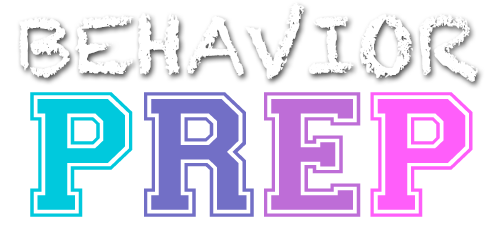B.20 Identify the role of multiple control in verbal behavior
Multiple Control in Verbal Behavior
Multiple control in verbal behavior occurs when more than one controlling variable influences a single verbal response. These variables can include antecedent stimuli, motivating operations, and reinforcement histories that combine to evoke the verbal behavior.
Example: A child sees a cookie (visual stimulus), feels hungry (motivating operation), and says, “I want a cookie.” In this case, the verbal behavior “I want a cookie” is under multiple control—both the sight of the cookie and the child’s hunger contribute to the response. The verbal behavior is not solely controlled by one factor but by the combination of the visual stimulus and the motivating operation of hunger.
